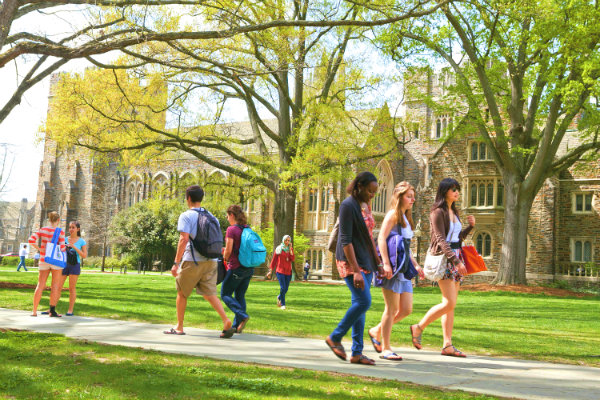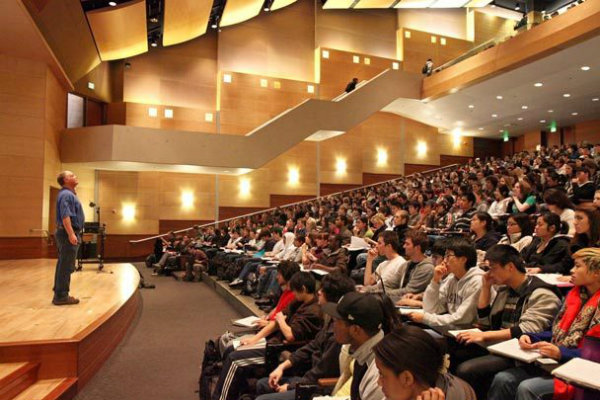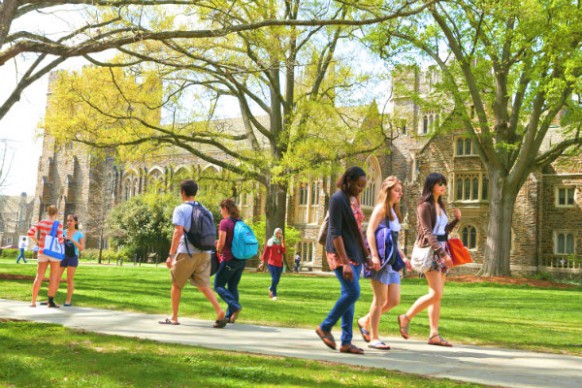Public Universities vs Private Universities in the US
Published by SchoolAdvisor | Aug 02, 2017How likely is it that the way an institution is funded is taken into consideration when it comes to picking a university to attend? The factor of the institution being privately or publicly funded would not come up on top as opposed to a more common or obvious factor such as the university's reputation or its distance from home.

To bring attention to this factor, here we have a list of things you should know when it comes to choosing between a public university and a private one in the US.
What does publicly funded and privately funded mean?
Publicly funded: Universities that are publicly funded obtain some funding from their respective state governments.
Privately funded: Universities that are privately funded rely heavily on tuition funds and private contributions.
What is affected when an institution is publicly or privately funded?
1. Cost of tuition fees

image via Independent Voter Network
Public universities: The influx of funding from the state governments allow publicly funded universities to subsidise the cost of tuition.
Private universities: The tuition rates at privately funded universities are generally higher due to the fact that they do not receive funds from state legislatures.
2. Educational choices

image via oupeltglobalblog.com
Public universities: There is typically a wider choice of majors offered at publicly funded universities. This may appeal to school leavers who are undecided of what to major in.
Private universities: Privately funded universities on the other hand offer a smaller range of majors which allows them to have a particular academic focus.
3. The size of classes

image via jinchen.us
Public universities: Some classes at public universities may have up to 200 students enrolled in it.
Private universities: Classes at private universities are smaller. This ensures more one-on-one interaction between students and tutors.
4. Demographic

image via Times Higher Education
Public universities: In-state students make up the majority at public universities due to the fact that they have a higher chance of admission as opposed to students who apply from out of state.
Private universities: There is a greater geographical diversity among students in private universities because they do not prioritise state residency.
See also: Top 10 Public US Universities
See also: Top 10 Private US Universities
For a more localised take on this issue, you may read it here.
Recent Articles
- A Home Away from Home Where Your Child Will Thrive
- Bridging Borders: Ng Gha Yuan’s Journey to the Ivy League
- Why More Malaysian Parents Are Choosing International Schools for Their Children
- Happiness vs. Academics: Are We Sacrificing Our Children’s Well-Being for Better Grades?
- How Nexus International School Malaysia Empowered James Low’s Future







 Login with Google
Login with Google